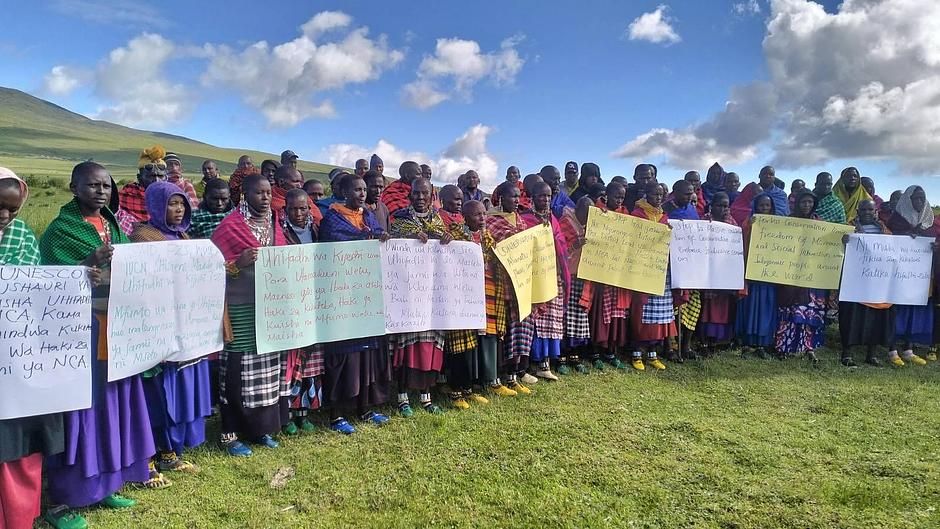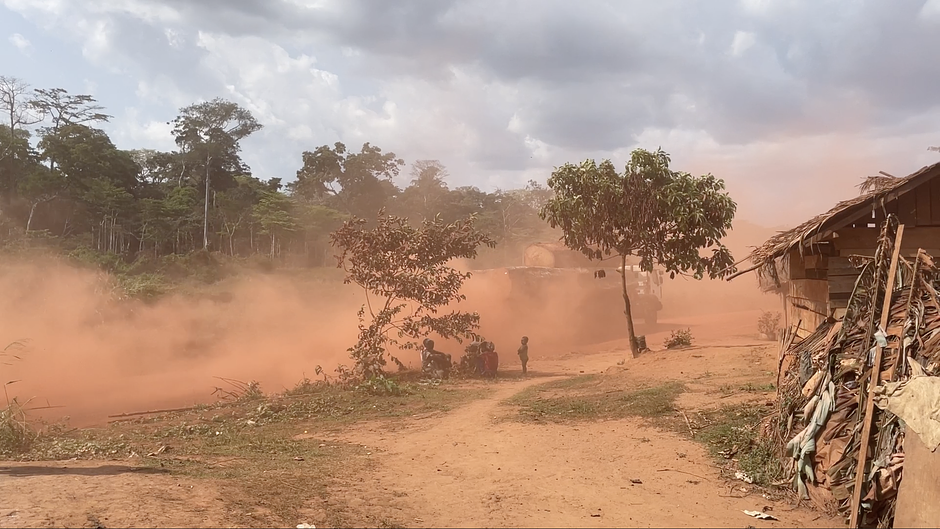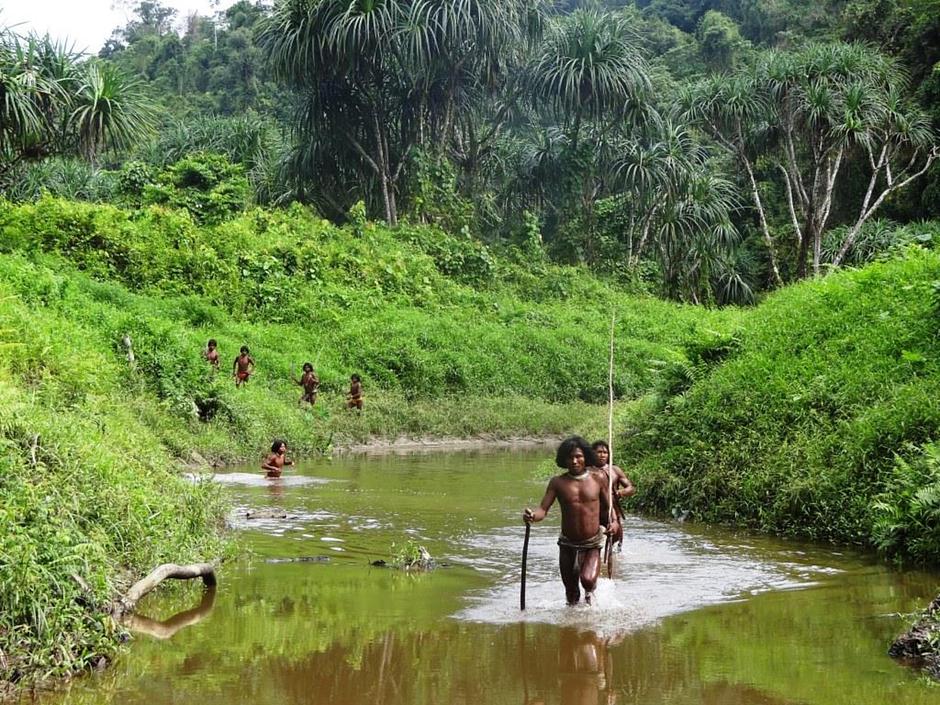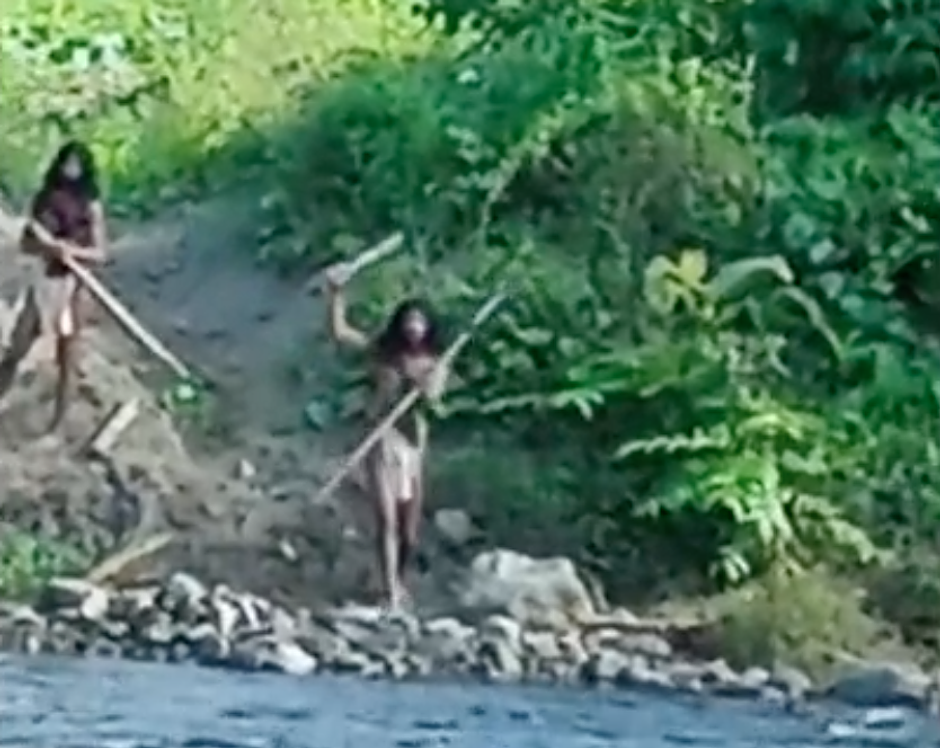A Tribute to Claudia Andujar
 © Claudia Andujar/Survival
© Claudia Andujar/SurvivalIntroduction by Stephen Corry, Survival International, on the occasion of Brazilian photographer, Claudia Andujar, receiving Germany’s highest cultural prize, the Goethe-Medaille, Weimar, 28 August 2018
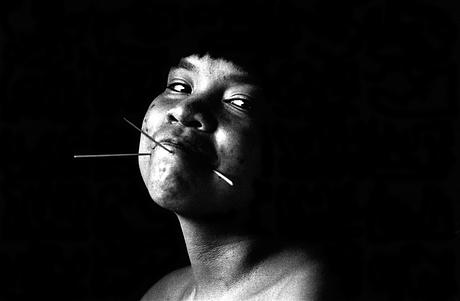 © Claudia Andujar/Survival
© Claudia Andujar/Survival
Thank you, Goethe-Institut, for the chance to introduce Claudia Andujar – accompanied by Yanomami shaman, Davi Kopenawa.
When Schiller wrote, “Deine Zauber binden wieder Was die Mode streng geteilt,”* he meant the magic of joy, but we recognise of course how the magic of art also bridges differences.
At its best, it reminds us of the most important belief of all: We are all of equal worth, however differently to each other we may look or live. We all have an obligation to help each other when we can.
Claudia Andujar is an artist and activist. For 50 years she has photographed an Amazon tribe, the Yanomami, a people who look, live, and think very differently to most of us.
The Yanomami were already famous. An anthropologist told us in the 1960s that these Indians were savages. But he was wrong. Claudia shows a people as loving as any, a people preoccupied by their place in the world, who accept full responsibility for the physical and spiritual health of their wider surroundings, both the visible and what is unseen.
No Amazon tribe has been portrayed with deeper understanding.
In 1978, Brazil’s government planned roads which would reduce the Yanomami to a few tiny patches of land. It would have destroyed them. Claudia began to campaign for a single area protecting all their territory.
She wasn’t alone. A missionary, Carlo Zaquini, stood with her; an anthropologist, Bruce Albert, joined them. Survival International was privileged to project the campaign globally. Most importantly, Davi emerged as the key Yanomami voice and guide, showing his people how the state planned their destruction.
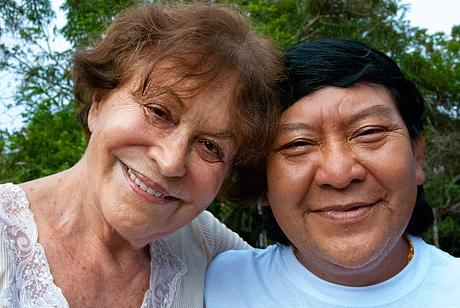
The work would not have succeeded without Claudia’s tenacity.
Nearly 30 years ago, at the height of the campaign, I asked Davi and Claudia if they would stand alongside Survival International when we were given the alternative Nobel prize. We wanted to use the ceremony in the Swedish parliament to keep attention on the Yanomami’s predicament. Davi had never travelled outside Brazil, but both agreed. No Amazon shaman of this stature had been to the outside world and it made big news, which led to big pressure.
In 1992, after 14 years of campaigning, Brazil finally agreed to secure Yanomami territory. It had worked.
It didn’t solve everything. The area was invaded by miners bringing violence and disease. And today, Indian land everywhere is under threat as Brazil is dragged backwards to an ideology of profit above people. But the Yanomami would simply not have survived without the campaign.
I can’t think of another artist anywhere who has saved a whole component of our human family. Yanomami territory is now the largest area of rainforest in the world protected by Indigenous people, and they are far, far better conservationists than our “experts.”
Some Yanomami are uncontacted by outsiders, and all still need the power of public pressure as Brazilian politics moves against them once more.
Claudia’s work, seen by millions, remains a unique legacy for all humanity.
There’s more. Claudia grew up on the Romanian-Hungarian border during the 1930s, her town falling under National Socialist occupation. One day a friendly policeman let her mother know that Claudia’s father faced arrest: He must escape straight away. Claudia went to tell him, but he didn’t go, and it was the last time she saw him before he was taken to die in concentration camp horror.
Claudia’s mother fled with her daughter. The pair reached Austria before the secret police began questioning the mother, leaving the child alone in Vienna.
This 13-year old girl walked repeatedly into the Gestapo headquarters, on her own, asking for her mother, all the time hiding – inside her body – a letter which would have had them both shot if it were found.
The Gestapo finally let them go, and the pair reached neutral Switzerland, eventually to emigrate to Brazil.
I began with Schiller’s words about the magic which unites people. Those words were of course set to music by another radical artist, Beethoven, and much later, following the horrors of National Socialism, they became the anthem of most of western Europe, united in peace for the first time in history.
It’s a testament to you, the inheritors of such progressive thinking, that Germany has given its award, named after Goethe, Schiller’s friend, to this survivor of a crushed Europe. A woman who grew into both a unique photographer and a saviour of a distant, and superficially very different, people.
Claudia Andujar doesn’t see herself a hero, so I am honoured to sketch this extraordinary story of my intrepid friend. I believe that, like the Yanomami, her legacy will endure for many generations, in her pictures, but most of all in the survival of the rainforest and its people.
*“Your magic reunites those divided by custom.”


